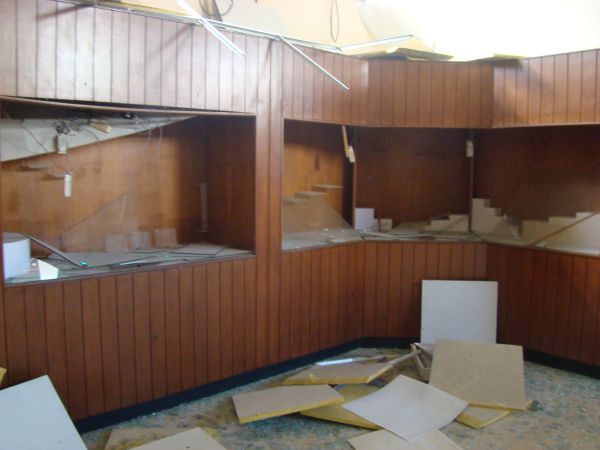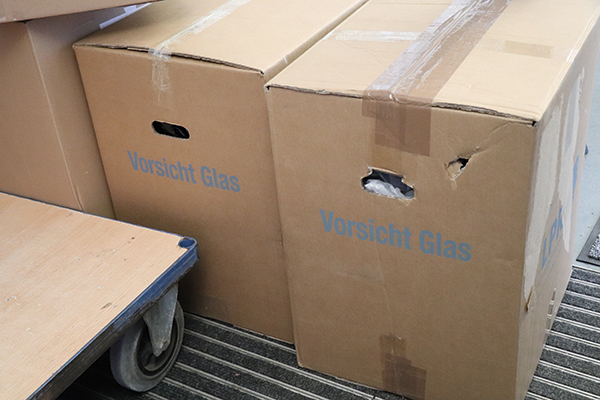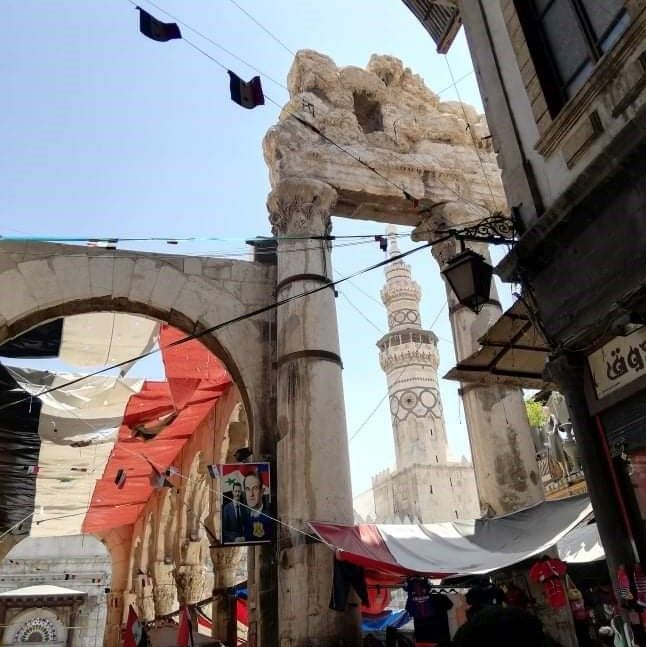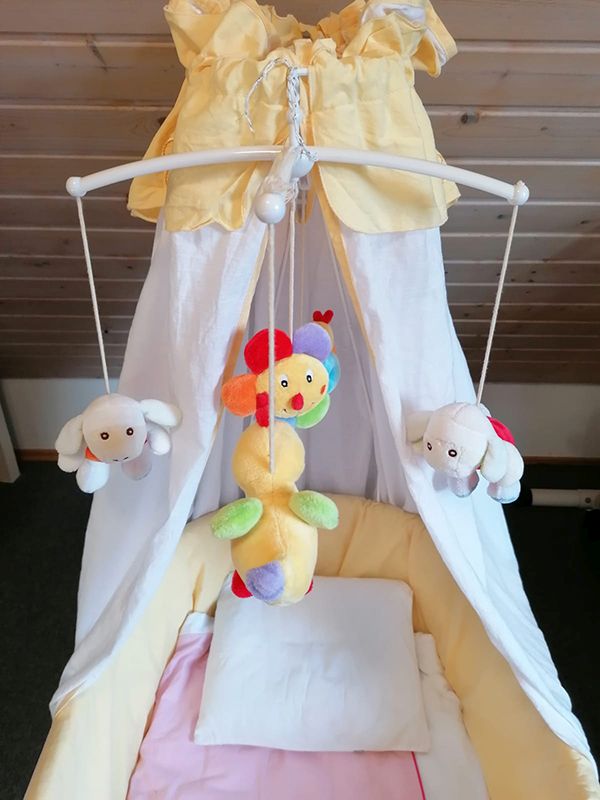By Youssef Kanjou and Wolfgang Sannwald
Youssef Kanjou who directed the Archaeological Museum in Aleppo, Syria, from 2009 to 2013 describes his experience working in the museum as “one of the most beautiful professions”. Russia’s war against Ukraine reminds him of how his dream job became “a terrible nightmare”. That was during the Assad regime’s war against its civilian population, which lasted from 2012 to 2016 in Aleppo. The horrible conflict came in the form of a bomb near the museum. He was at home, just about five miles away from the bomb. There, he heard the car bomb explode in a parking lot about 100 to 150 meters away from the museum building. The window glass shattered into the exhibition rooms and offices. In addition, lighting, computers, surveillance cameras, display cases, and exhibition architecture were all broken. Despite colleagues being injured, no one came to their aid. Youssef and his colleagues spent 10 to 15 days cleaning up, removing broken glass and debris, and blocking windows and doors with makeshift plastic sheeting. During this period, the Syrian regime and its opponents were also heading directly toward Aleppo in their clashes. Snipers who were watching the site made visiting the museum “a dangerous undertaking”. There was constant shelling and bombing near the museum. Kanjou recalls, “Various weapons’ sounds caused panic and fear among us. Over time; it became normal. In some cases, shells hit the museum while the staff was still inside and the windows were shattered again. That’s why it wouldn’t have made sense to fix windows and doors at all.” Moreover, the security alarm system and surveillance cameras were useless. Like many other institutions, the museum suspended its exhibitions and closed its doors. However, Kanjou and his colleagues decided to live in the museum building with their families from then on. They were looking to safeguard the museum and its archaeological artifacts. For about two years, the museum’s staff has lived and spent the night in the exhibition among the presence of the large stone sculptures. They built large sandbag walls around the sculptures and set up some offices as bedrooms. However, It was difficult to provide food and consumables. The museum’s staff had to stay there day and night to protect the museum. Indeed, it was sometimes dangerous for them as well, and they were lucky that no military members came into the building.
In any case, Kanjou sympathizes today with his colleagues in Ukraine. He is pleased that the museums in Ukraine received support from the European Union. Switzerland, Austria, Germany, and the European museum network sent help. He perceives the difference between the situation of Ukraine and Syria regarding the fact of supporting cultural heritage. In Aleppo, they were completely on their own without any support. No one provided any help.
Kanjou adds: “The museum staff members represent an unknown soldier, working silently in peace and war. While the visitor is interested in the exhibits and the ancient cultures that produced this art, he forgets and ignores those who worked hard to maintain these ancient artifacts and keep them for the present and the future. Even during wars, efforts focus only on protecting museum objects, but hardly anyone thinks about the staff working in dangerous conditions. Finally, museums must be far away from military conflicts, and the relevant international agreements must be respected as well, but unfortunately, the opposite is happening.”
Today, windows are once again installed in the Aleppo museum. Instead of the 10 to 15 employees who once worked there, there are now only five. They have reopened a small part of the exhibition to the public. Hardly any foreigners come, however; most visitors these days are from Syria.
For further information about museums in the Ukrainian war please visit the link below:
https://www.ne-mo.org/advocacy/our-advocacy-work/museums-support-ukraine.html
tun22053101
www.tuenews.de
Die Spuren des Krieges im Museum von Aleppo: Zerbrochene Glasvitrinen. Foto: tünews INTERNATIONAL / Youssef Kanjou.




